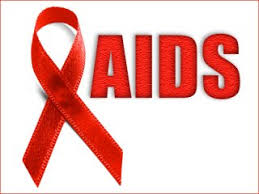Infinitive cure for AIDS is yet to be discovered. However, some medicines, given at certain stage of the disease, depending upon CD4 count in the blood of the patient, can prolong life of HIV positive persons.
Reverse transcriptase (RT) inhibitors - It interferes with a critical step during the HIV life cycle and keep the virus from making copies of itself.
Protease inhibitors - It interferes with a protein that HIV uses to make infectious viral particles.
Fusion inhibitors - It blocks the virus from entering the body cells.
Integrase inhibitors - It blocks an enzyme HIV needs, to make copies of itself.
Multidrug combinations - It combines two or more different types of drugs into one. These medicines help people with HIV, but they are not perfect. They do not cure HIV/AIDS. People with HIV infection still have the virus in their bodies. They can still spread HIV to others through unprotected sex and needle sharing, even when they are taking their medicines.
NHP provides indicative information for better understanding of health. For any treatment and diagnosis purpose you should consult your physician.



 Contact Us
Contact Us







 Hospitals
Hospitals
 Doctors
Doctors
 Diagnostic
Diagnostic
 Pharmacy
Pharmacy
 Health Tips
Health Tips
 Blog
Blog

























Comments